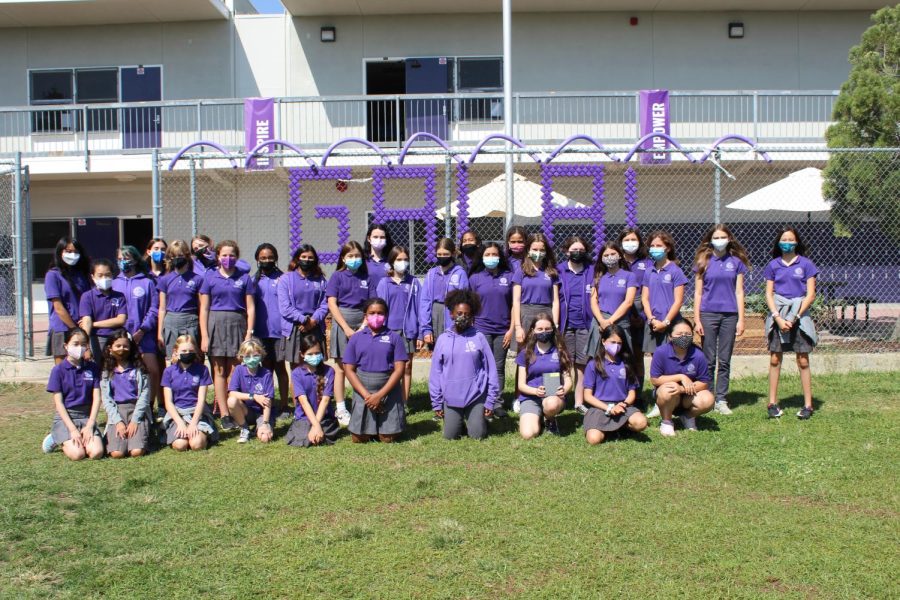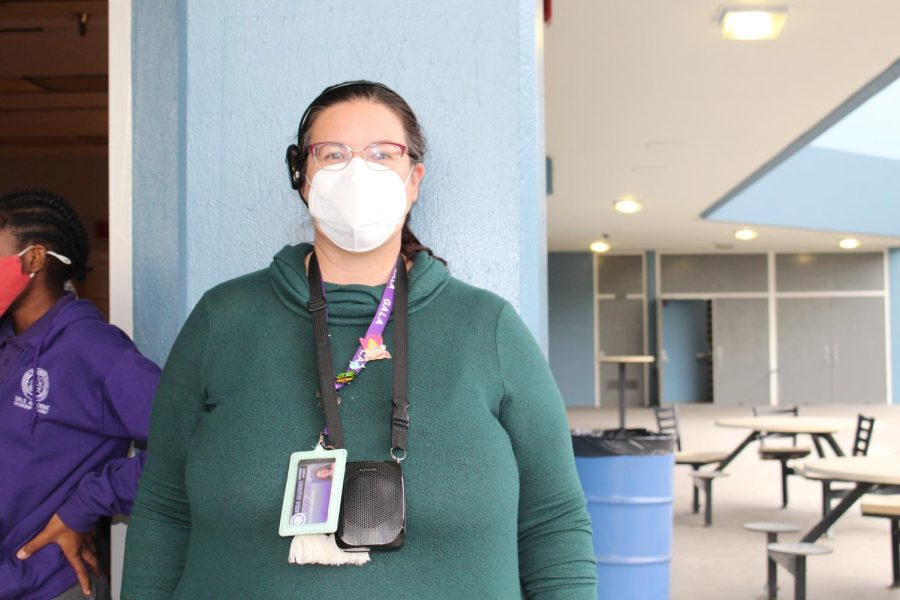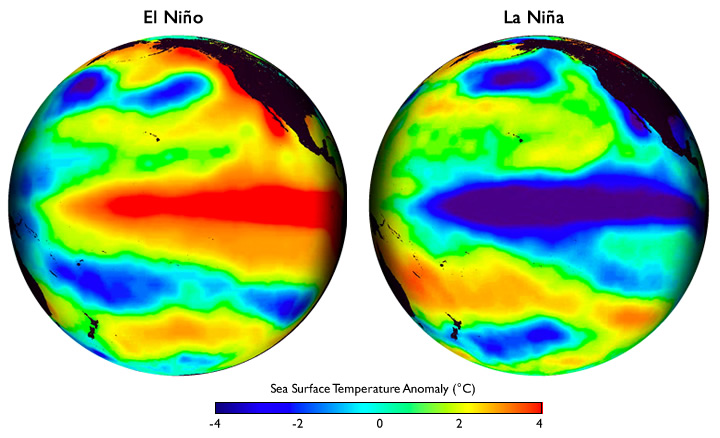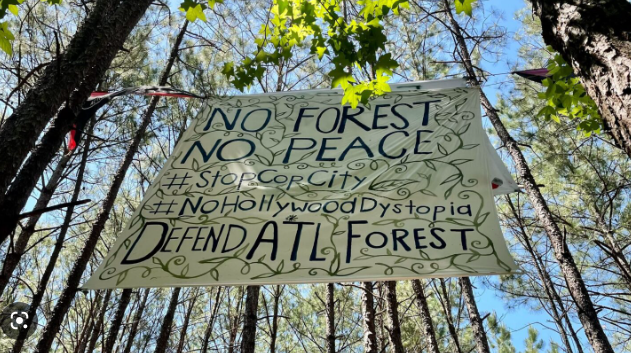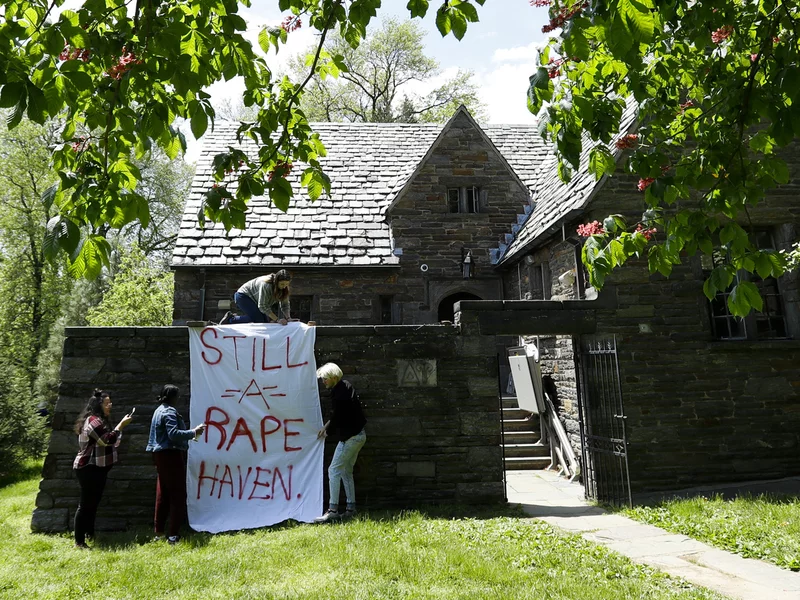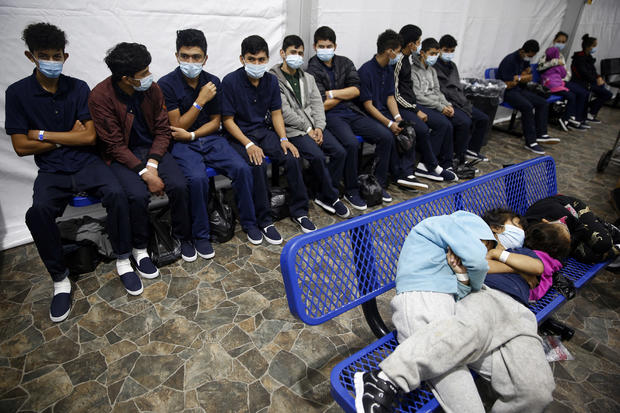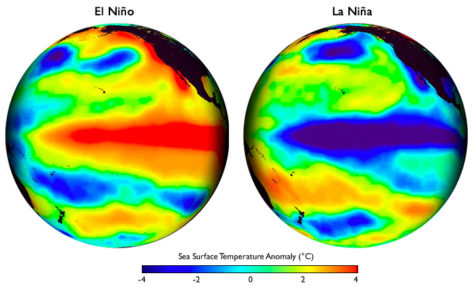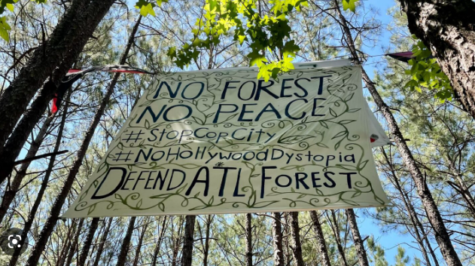Cop26 Climate Summit Recap
COP26 refers to the 26th United Nations global conference centered around discussing climate change and what countries are doing to address it. This momentous annual event took place from Oct. 31, 2021, to Nov. 12, 2021. The goal of the meetings between world leaders was to come to a consensus and to set a plan to combat climate change. According to the BBC, the overarching goal specifies that by 2050, we should be cutting greenhouse gas emissions until we meet net-zero emissions.
The detrimental consequences of climate change have been proven by scientists and have been public knowledge for some time now. However, preventative government action to address this issue has been universally lacking. Every year, the problems that we face as a consequence of the worsening climate crisis become more urgent. A pressing issue brought up in the United Nations Environmental Programme (UNEP) report was the fact that current Nationally Determined Contributions (NDCs)–-referring to the promises made by world leaders—are not enough to meet the temperature reduction targets, and how increasing emission cuts in pledges (specifically methane gas), is necessary. The UNEP urges global governments to implement policies of reduction of national emissions, an adaptation of NDCs, and financial responsibility of private as well as public economic sectors.
Whether or not the commitments are enough, various agreements, according to the BBC, UNEP, and corroborated by an article from the World Resources Institute, were made at the conference. First, a compromise commitment to decrease coal emissions was made, although the plan is to cut down, not eliminate. Then, an agreement to eliminate fossil fuel subsidies that lower the price of other fossil fuels and an increased amount of money for poor countries to fund their switch to clean energy and to aid them with climate damages. There were also pledges from countries such as the United States and China, the two countries with the greatest emissions, to contribute more. Additionally, funding to put an end to global deforestation was raised. Finally, a plan backed by over 100 countries to cut methane emissions that are responsible for a third of global warming by humans by 30% by 2030 was put in place. Along with these commitments made by international politicians, companies and financial organizations with over a combined hundred trillion dollars pledged to support renewable energy instead of fossil fuel-based industry in hopes of getting corporations to meet the goal of net zero by 2050.
It is important to note that while world leaders have made promises to fund climate change efforts, and countries have pledged to cut down on emissions, there remains no legally binding policies that enforce the commitments made.
So, what does all of this mean for us? There were, and still are, flaws in terms of insufficient policy and lack of enforcement to the pledges and plans our leaders have put in place. However, the collaboration of nations in addressing the ever so pressing global issue of climate change shows progress, regardless of the work that still needs to be done. Leaders must continue to develop the newly established plans and most importantly, stick to them in order to reach net zero emissions. If they can do their job, we can hope for a future that is not devastated by the consequences of climate change.

Kana is a senior at GALA and is excited and honored to be The Echo's Editor-In-Chief this year. Her goal is to ensure that news in all sections of The...








